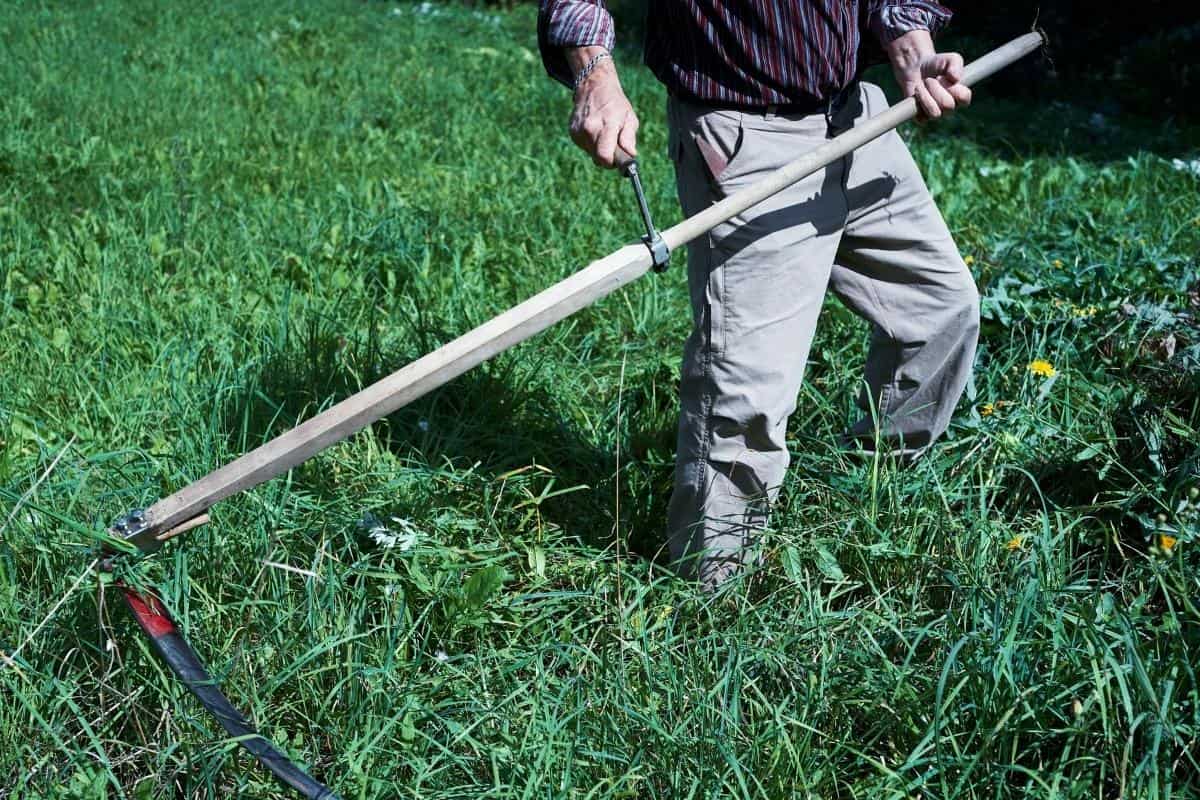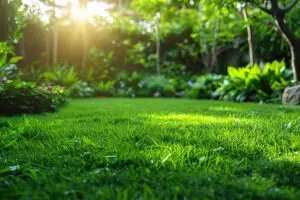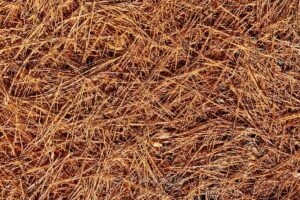This page may contain affiliate links. If you click and buy, we might get a small commission at no cost to you.
A well-manicured lawn displays the homeowner’s pride in their property, but it also serves as an intricate part of one’s outdoor lifestyle. Mowing your lawn produces varying amounts of grass clippings, but knowing what to do with grass clippings remains a mystery to many. Unfortunately, many people still dispose of their grass clippings with their household trash or in plastic bags. Neither of these options is ideal and may lead to hazards or fines from your municipality.
Collect your grass clippings from the lawn using a rake, a shovel, and a wheelbarrow. Or you can simply use a bagger attachment on your lawnmower, which takes much of the work out of the process. If you’re using a bagger attachment, it’s important to remove your grass clippings after each mowing session.
But there are still other options for getting rid of grass clippings. Keep reading to learn about 5 of them.
What to do with grass clippings
1. Just leave Them
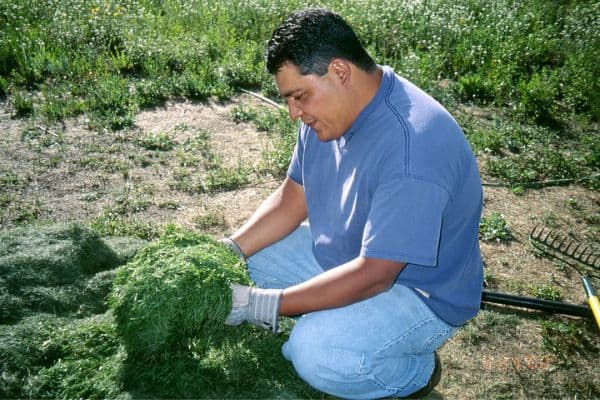
Many misconceptions exist regarding leaving the grass clippings on the lawn. For years, homeowners believed the excess clippings led to issues such as thatch buildup or killing of the grass.
When you mow your lawn at regular intervals, the grass clippings left behind do neither. Instead, they help fertilize your lawn by supplying vital nitrogen and other nutrients as they break down.
With the advance of mulching blades on lawnmowers, the grass clippings are a manageable size and break down at a quicker rate. Leaving your grass clippings on the lawn often requires you to mow somewhat more frequently due to the increased growth rate of your turfgrass species.
There are a few scenarios where leaving the clippings is not the best practice. Never leave clippings in the street, over storm drains, or on the curb where they will be carried to storm drains.
If your lawn is high or wet when you mow, the thick layer of lawn clippings does have the potential to smother your lawn. Regular mowing intervals prevent the grass from becoming too tall and creating this problem.
2. Utilize compost Bins

Known as “black gold,” compost is a gardener’s best friend. Whether you have vegetable gardens or flower gardens, compost is a natural and often inexpensive fertilizer for your budding plants. When purchased at garden supplies or home improvement stores, compost often carries a high price tag.
It’s not difficult to create your own compost. Various types of compost bins exist, ranging in size. Leftover vegetables, fruits, and plant trimmings all break down into this powerhouse of a fertilizer.
Your grass clippings are an excellent addition to your compost bin as they break down quickly! Compost bins and piles work through an aerobic process, utilizing oxygen to help speed up the process.
Warning: Large amounts of dry clippings can become a fire hazard. Turn and wet as directed.
Due to their popularity, compost tumblers are more widely available and less expensive than in years past. You can easily find them on Amazon.
3. Trench composting
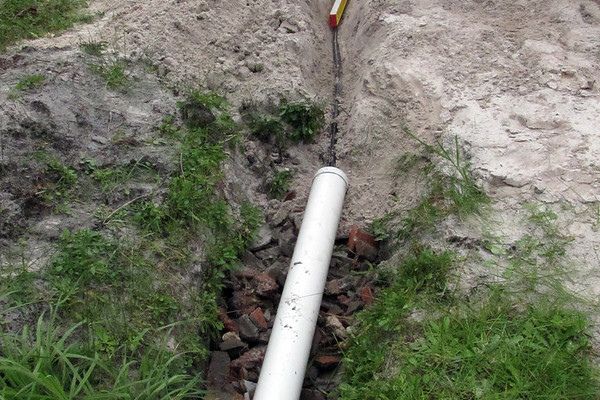
Trench composting is another composting method that’s ideal for smaller quantities of food waste and plant materials. This method of composting also works via an anaerobic process, meaning it doesn’t require much oxygen.
As its name suggests, trench composting requires you to dig a small trench in your garden area. Ideally, the trench is at least 12-inches deep and about 10-inches wide. Start putting your excess clippings and other plant materials in the trench until it’s full enough to backfill with at least 8 inches of soil.
Trench composting is an ideal method of fertilization as it targets specific areas with no additional work needed. It also improves the number of soil organisms — including worms!
4. Grass clippings can make great mulch
Grass cuttings might not come to mind when you think about mulching your flower beds. They can, however, serve as excellent, free mulch. There are a few rules to using grass clippings as mulch.
- Never use wet grass clippings. Wet grass clippings are heavy and clump together, reducing the amount of oxygen in the flower beds and preventing water from seeping into the soil.
- Don’t apply more than 2 inches of grass clippings at a time.
- Don’t use grass cuttings as mulch if you recently treated your lawn with any type of herbicide to control weeds. Herbicides may prevent your bedding plants from growing or, worse, even kill them slowly.
5. Yard waste recycling
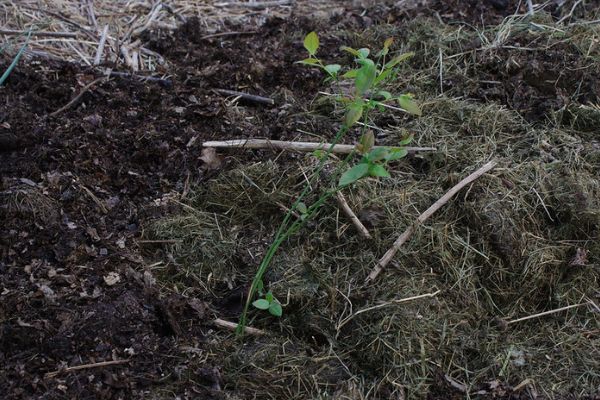
If neither composting nor mulching aligns with your lifestyle, you have another option that doesn’t add to the landfill: yard waste recycling facilities. These facilities are becoming more commonplace than in years past, allowing homeowners convenience when disposing of their yard waste.
Before you go to one of these recycling centers, call or check out their website for their individual requirements. Some may ask that you have the waste bagged in paper bags, others may request everything loose (such as in the bed of a pickup or trailer). Others, still, may have services where they come and pick up the waste.
